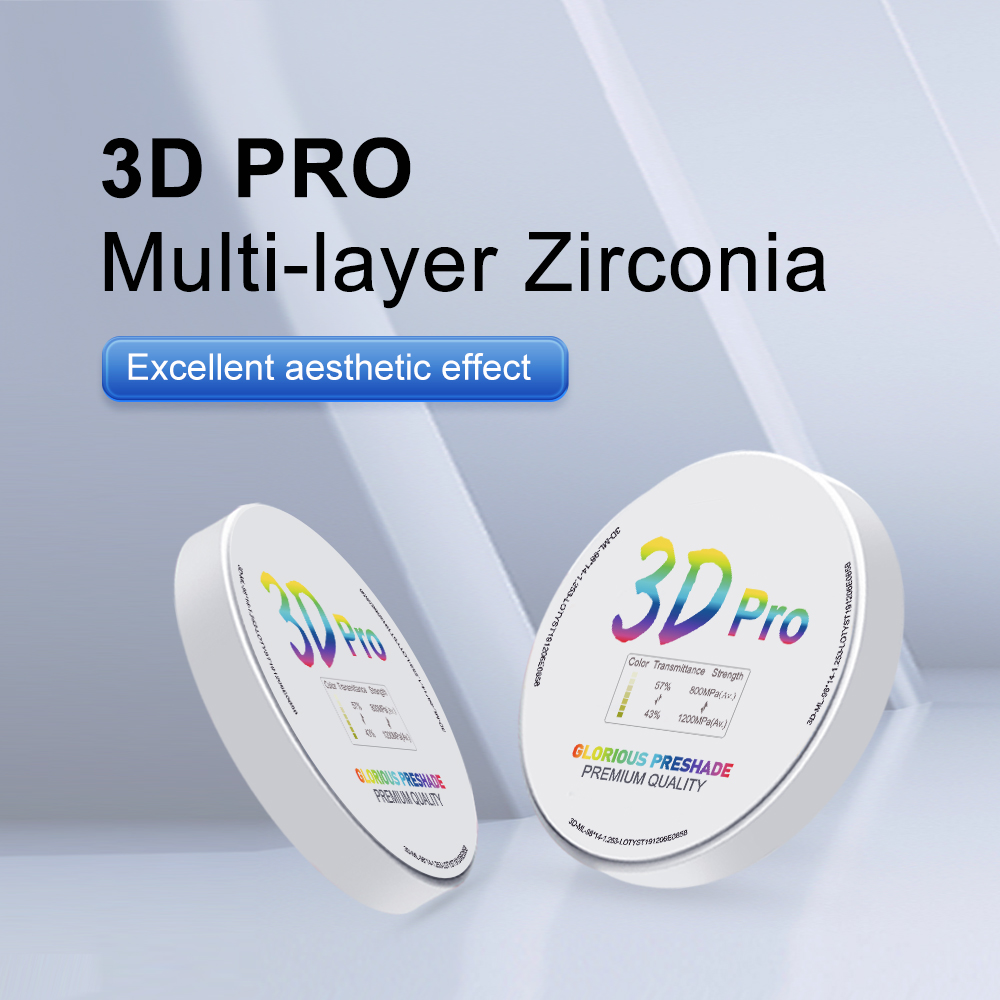Zirconia making it work in dentistry
To get the best from our zirconia based restorations we first need to know about the material and its manufacture, then how to understand how coping design is vital to support the ceramic layers, and finally we must prepare the zirconia surface to maintain its strength and achieve a satisfactory bond with the porcelain.
Zirconia, the material
Zirconium is an element (Zr) in its own right and is obtained from the mineral zircon. Zirconium is highly resistant to corrosion and heat and is often used for surgical appliances, crucibles and furnaces but mainly as a refractory material. It can be cut into gemstones for jewellery, but most of the world's zircon is used in nuclear reactors.
Zirconia can be found in space vehicle parts for their resistance to heat and also in some abrasives and sandpaper, and of course now in dentistry because of its superb biocompatibility, which is superior to titanium. The mineral form, zircon, can be found in Brazil, India, Russia and the USA, but 80% comes from Australia and South Africa.
Zirconia is the transition metal form and has exceptional toughness and chemical resistance making it ideal for dental restorations. In industry, zirconia is known as 'ceramic steel' as it has a similar resistance to fracture.
Strength and biocompatibility but also translucency make zirconia a welcome addition to the range of materials we have at our disposal.
The manufacture of zirconia
Zirconia can be made into many shapes for many uses and depending on that use various grades of the raw powder are selected. For the dental industry it should of course be of a medical grade. Purity, particle size and homogeneity all have a part to play in realizing the best translucent zirconia substructures. If purity is compromised, then inclusions may show up in areas that could affect longevity.
Translucent glass-ceramic crown (left) compared with a zirconium oxide-based restoration (right) with a higher opacity of the framework.
It is vital that the actual laboratory/factory where the powder is pressed is a controlled and clean environment, seems obvious…but not all are the same
Particle size should be below one micron to achieve the translucency we need. Added to the zirconia will be Yttrium for stability and other trace elements, so an even mix of the powder is essential for the best results.
Types of pressing of the zirconia to form the blocks or discs for milling is another important process to be considered. Uniaxial pressing, i.e. pressure is applied in one direction only, produces a variation in density across the block. This is not desirable for consistent results and can cause variations in strength and shrinkage which is particularly unwelcome for bridgework, as the fit will be compromised.
Fortunately, isostatically pressed zirconia is available which guarantees the consistency we need for dental restorations. 'Isostatic' means that the powder is formed into shape with an even pressure from all directions. This produces an even density across the block or disc and gives us the qualities we need for successful dentalwork: consistent strength and excellent, reproducible marginal fits.
All zirconia is not the same and compromises made by using lower grade powders, cheaper manufacturing operations and simpler pressing techniques are maybe risks we would not wish to take, as we construct more and more zirconia based work in our laboratories.
So (just to emphasise the point), if you want a more predictable zirconia with a homogenous density and a superior fired density, with even shrinkage then you will be looking for isostatically pressed material. It will save you time, money and heartache in the long run.



